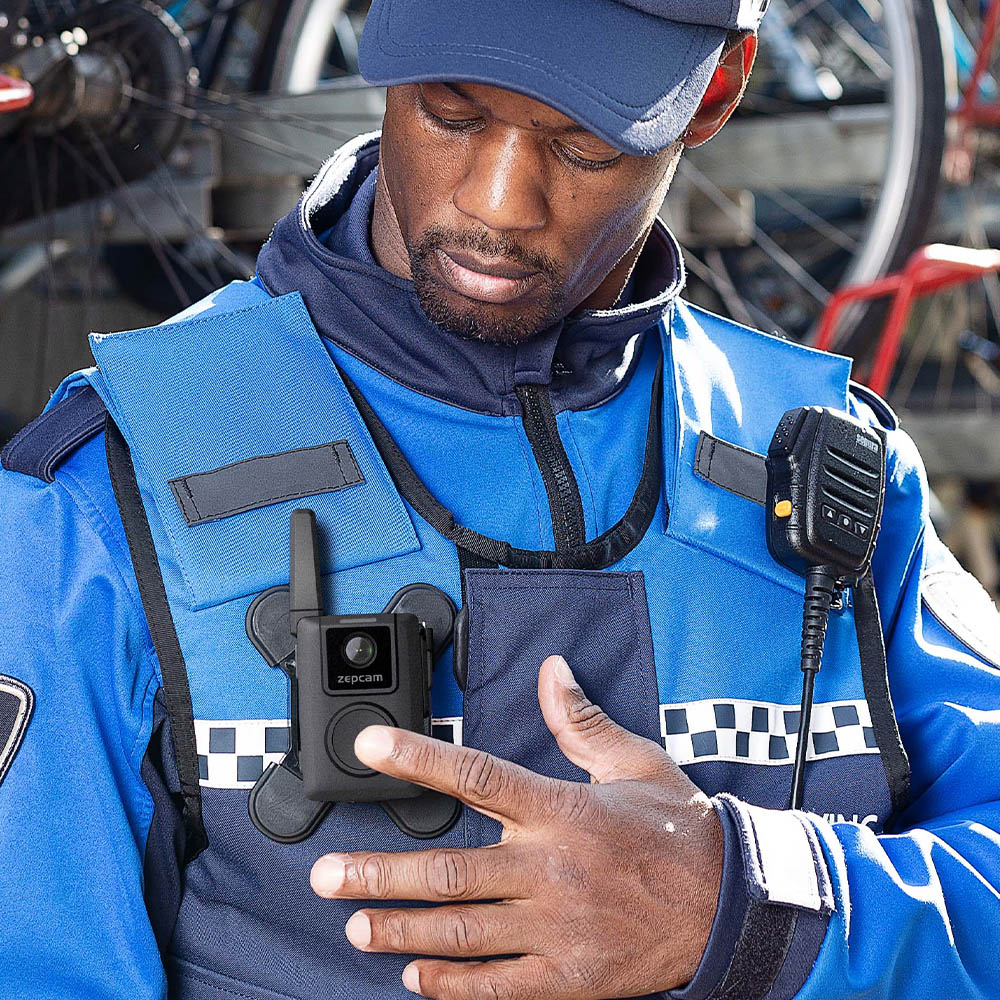
Body-mounted cameras have become an increasingly common tool for law enforcement officers in recent years. These small, lightweight devices are typically attached to an officer's uniform or vest and are designed to record audio and video of interactions during police activities. The use of body cameras has been touted as a way to increase transparency and accountability in law enforcement, providing an objective record of events that can be used as evidence in investigations and court proceedings.
One of the key benefits of body-mounted cameras is their ability to provide an unbiased record of police-civilian interactions. By capturing video and audio footage of arrests, traffic stops, and other encounters, these cameras can provide an accurate account of what actually happened during an incident. This can help protect both officers and citizens by providing an objective record that can be used to resolve disputes and determine the facts of a situation.
Body cameras can also help improve officer behavior and accountability. Knowing that their actions are being recorded can encourage officers to adhere to departmental policies and procedures, as well as best practices for interacting with the public. In addition, the presence of a body camera can serve as a deterrent to misconduct, as officers are less likely to engage in inappropriate behavior if they know they are being recorded.
Another benefit of body-mounted cameras is their potential to enhance evidence collection and documentation. Video footage from these cameras can provide valuable evidence in criminal investigations and court cases, helping to corroborate witness testimony and provide a clear picture of events as they unfolded. This can be particularly important in cases where there are conflicting accounts of what happened, as the video footage can help establish the truth of the matter.
Body cameras can also aid in the documentation of crime scenes and accident scenes. By capturing video footage of the scene, officers can create a visual record that can be used to reconstruct events and gather evidence. This can be especially useful in cases where the scene may change over time, such as in hit-and-run accidents or crimes that occur in public places.
Additionally, body-mounted cameras can help improve police-community relations. By providing a transparent record of interactions between officers and the public, these cameras can help build trust and accountability within the community. Citizens may feel more confident that their interactions with law enforcement are being properly documented and that any misconduct or abuse of power will be captured on camera.
Despite the many benefits of body-mounted cameras, there are also some potential drawbacks to consider. Privacy concerns are a common issue, as the use of body cameras raises questions about the recording of individuals without their consent. In addition, there are concerns about the storage and management of video footage, as well as the potential for footage to be edited or tampered with.
Another challenge is the cost associated with implementing body camera programs. The initial cost of purchasing cameras and related equipment, as well as the ongoing cost of storing and managing video footage, can be significant for law enforcement agencies. Additionally, there may be costs associated with training officers on the proper use of body cameras and ensuring compliance with departmental policies.
Overall, the benefits of body-mounted cameras in law enforcement outweigh the potential drawbacks. These devices have the potential to improve transparency, accountability, and evidence collection within law enforcement agencies, helping to protect both officers and citizens alike. By providing an unbiased record of police-civilian interactions and encouraging officer adherence to best practices, body cameras can help enhance trust and build positive relationships between law enforcement and the communities they serve.